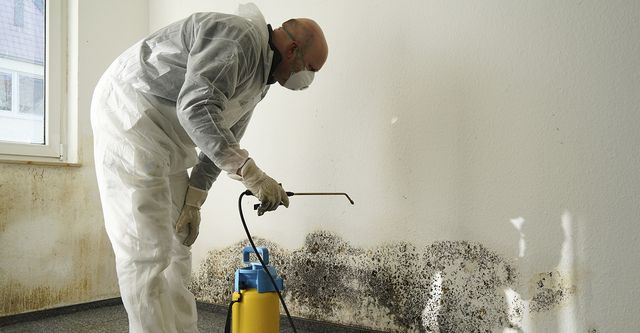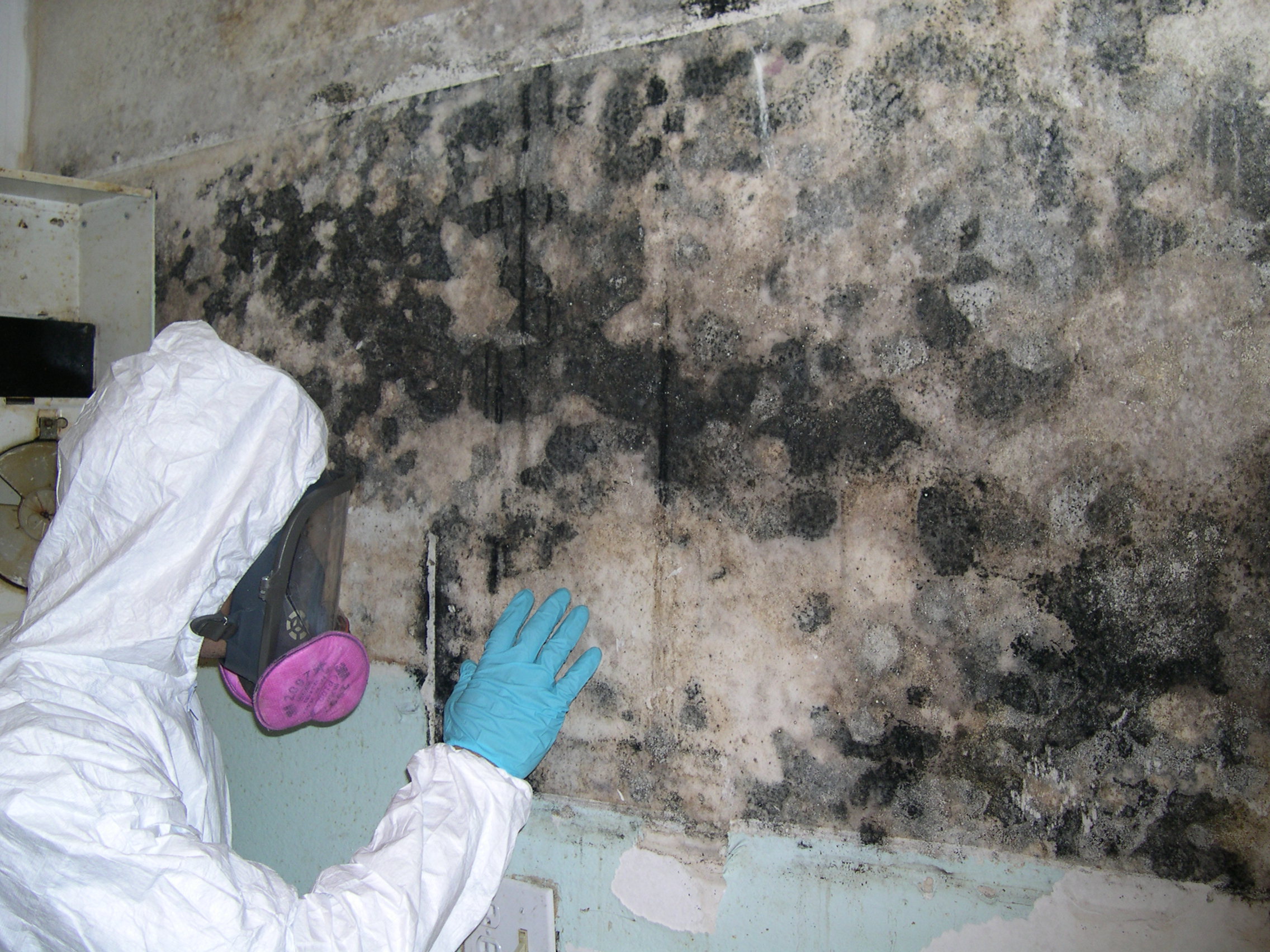Effective Mold Removal Approaches to Eliminate Mold Contamination in Your Residential Property
Mold and mildew contamination is a common issue that home owners encounter, commonly leading to health and wellness concerns and residential property damage if not addressed quickly and successfully. By comprehending the key approaches for getting rid of mold and mildew, property proprietors can take aggressive actions to make sure a safe and healthy and balanced living environment.
Determining Mold And Mildew Resources

One key approach for determining mold sources is carrying out an aesthetic analysis. This involves meticulously examining all locations of the residential property, including hidden areas like behind wall surfaces and under floor covering. Moisture meters and thermal imaging electronic cameras can additionally be made use of to detect covert water leaks or moisture pockets that can be advertising mold and mildew growth.
In addition, air sampling can help determine mold sources by spotting raised mold spore levels airborne. By determining and attending to the root reason for mold development, remediation efforts can be more targeted and eventually much more successful in removing the mold contamination.
Proper Ventilation Strategies
Efficient mold remediation not only relies upon recognizing mold and mildew resources however likewise highlights the value of executing correct ventilation techniques to stop future mold and mildew growth (mold remediation philadelphia). Appropriate ventilation plays a crucial function in regulating interior moisture degrees, which subsequently aids to dissuade mold spores from prospering in moist atmospheres. By guaranteeing good air circulation throughout the residential property, excess moisture can be decreased, thus creating a setting less for mold growth
One effective air flow strategy is making use of exhaust fans in moisture-prone areas such as restrooms, kitchen areas, and utility room. These followers assist to eliminate damp air and avoid it from gathering on surface areas. Furthermore, opening doors and home windows when weather allows can additionally assist in enhancing ventilation and minimizing wetness degrees inside your home.
It is necessary to resolve any air flow issues promptly to maintain a healthy indoor setting and prevent mold and mildew contamination. Regular upkeep of air flow systems, such as cleaning up filters and air ducts, is vital to make certain optimum air movement and avoid the accumulation of dampness that could result in mold development.
Efficient Decontaminating and cleaning
Mold spores can spread rapidly if not effectively cleansed and sanitized, leading to reoccuring mold and mildew growth and possible health and wellness risks. When dealing with mold contamination, it is essential to begin by getting rid of any noticeable mold and mildew growth utilizing proper cleaning options and methods.
After the physical removal of mold and mildew, sanitizing the impacted locations is necessary to eliminate any staying mold spores and protect against regrowth. Normal cleansing and decontaminating methods can help keep a mold-free atmosphere and protect the wellness of occupants in the building.
Encapsulation and Sealing

Encapsulation and securing are crucial techniques in mold and mildew remediation projects to avoid the recurrence of mold and mildew growth. Encapsulation includes the application of a specialized sealer over surface areas affected by mold and mildew. This sealer serves as a barrier, encapsulating the mold spores and avoiding them from becoming air-borne and spreading out to various other locations. By enveloping the mold and mildew, it properly seals the mold-infested surface areas, hindering further development and decreasing the threat of exposure to harmful mold fragments.
Securing, on the various other hand, concentrates on dealing with locations vulnerable to moisture intrusion or where mold has previously developed. By sealing fractures, gaps, and gaps in wall surfaces, floorings, or ceilings, the entry points for dampness and mold spores are lessened, developing an atmosphere much less for mold development. This approach not just prevents the spread of mold however additionally aids in regulating humidity degrees within the property, additionally inhibiting mold development. When encapsulation and sealing are accomplished efficiently as component of an extensive mold and mildew remediation strategy, they significantly add to guaranteeing a mold-free and healthy indoor setting.
Surveillance and Prevention
In keeping a mold-free atmosphere post-encapsulation and securing, extensive surveillance and prevention strategies play a crucial duty in ensuring long-lasting efficiency. Normal inspections are vital to find any indications of mold renewal or new development without delay. These examinations should include not just formerly influenced locations yet additionally other vulnerable spaces susceptible to moisture build-up.
Keeping indoor moisture below 60% can substantially hinder mold growth. Proper air flow, including the use of my site exhaust followers in kitchens and washrooms, is additionally crucial in reducing dampness and avoiding mold and mildew advancement.
In addition, educating residents on mold and mildew avoidance see this site practices, such as quickly taking care of leakages, boosting air blood circulation, and attending to condensation issues, is critical. Encouraging sanitation and timely removal of any type of water-damaged products can additionally discourage mold invasions. By carrying out a thorough monitoring and prevention plan, homeowner can efficiently secure their rooms against mold contamination.
Conclusion
Finally, efficient mold and mildew remediation approaches are vital in removing mold contamination in residential or commercial properties. By recognizing mold and mildew sources, executing proper air flow techniques, making use of efficient cleansing and decontaminating techniques, sealing and enveloping affected areas, and continually tracking and preventing future mold growth, homeowner can efficiently remove mold and mildew issues. It is necessary to address mold and mildew contamination immediately to preserve a healthy and balanced indoor environment and protect against more damage.
Efficient mold removal not just depends on identifying mold resources yet also emphasizes the relevance of carrying out proper ventilation methods to protect against future mold growth. When tackling mold contamination, it is essential to begin by getting rid of any kind of noticeable mold development making use of suitable cleaning remedies and techniques.Encapsulation and securing are important techniques in mold and mildew remediation projects to protect against the reappearance of mold growth. By securing off cracks, crevices, and voids in wall surfaces, floorings, or ceilings, the entrance points for why not try here wetness and mold and mildew spores are reduced, developing an atmosphere less conducive to mold growth. By determining mold resources, implementing proper ventilation strategies, utilizing effective cleansing and sanitizing approaches, encapsulating and securing influenced locations, and continually monitoring and protecting against future mold and mildew growth, residential or commercial property proprietors can successfully get rid of mold and mildew concerns.